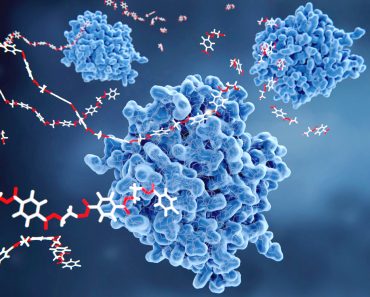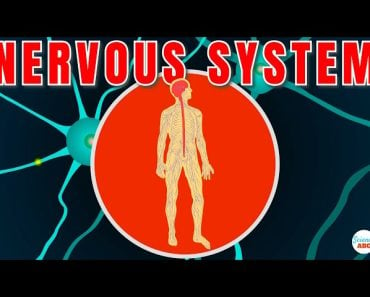A positive feedback mechanism is one where the body uses the effect of a particular action/task to perform more of the same behavior. A negative feedback mechanism is one where the body uses the effect of a particular action/task to stop that behavior.
The body uses feedback mechanisms to monitor and maintain our physiological activities. There are 2 types of feedback mechanisms – positive and negative. Positive feedback is like praising a person for a task they do. Negative feedback is like reprimanding a person. It discourages them from performing the said task.
The human body is like any other system. It carries out a myriad of functions, and like any functioning entity, it needs a way of maintaining balance. This balance is called homeostasis. Our body employs certain methods with which it keeps a measure of how well our systems are functioning. Any imbalance is corrected as soon as possible so the system is returned to a balanced state.
Recommended Video for you:
What Are Feedback Mechanisms?
Our body uses the feedback it receives from a particular process to monitor how well it is functioning. Based on the outcome, it decides whether it should continue performing a specific action, or if it should stop the action. This is called a feedback mechanism.
The body uses feedback mechanisms to monitor and maintain our physiological activities. There are 2 types of feedback mechanisms – positive and negative.
Positive Feedback Mechanism
Positive feedback is like praising a person for a task they do. This praise encourages them to do more of that particular activity. On the other hand, negative feedback is like reprimanding a person. It discourages them from performing the said task, and they do the opposite instead. In the end, however, it all leads to homeostasis – maintaining a balance within the body. After all, it’s not as easy as snapping your fingers!

In positive feedback, the body uses the effect of a particular action/task to perform more of the same behavior. One such example is the regulation of the hormone Oxytocin.
Example Of Positive Feedback
Oxytocin is produced in the hypothalamus and secreted by the posterior part of the pituitary gland. It is responsible for inducing contractions in the uterine wall during labor.
When labor begins, the pituitary gland secretes oxytocin. This helps in inducing contractions. The contractions that are induced trigger the release of prostaglandins, which in turn trigger the release of more oxytocin. Thus, more oxytocin is secreted and the cycle continues until till parturition (childbirth).

Negative Feedback Mechanism
The term “negative” doesn’t refer to a “bad” effect, so to speak. It simply implies that the current state of an activity is not beneficial, so the body then brings about the opposite effect. The negative feedback loop signals that it is now time to stop an activity, like the secretion of certain hormones, in order to maintain a healthy balance.
Example Of Negative Feedback
Let’s consider the case of our blood sugar level. Our blood sugar levels are mainly controlled by 2 hormones – insulin and glucagon. These are secreted by the pancreas through special cells known as the Islets of Langerhans. Insulin converts glucose molecules to glycogen and glucagon converts glycogen to glucose.
When the sugar concentration in our blood increases, after a meal, for example, it is detected by receptors in the pancreas. The pancreas then secrete insulin. This converts glucose to glycogen, which is stored in our liver. Thus, the sugar concentration in our blood is brought back to normal.
Conversely, when the sugar levels in our blood drop, this change is detected by the receptors in the pancreas. These stimulate the release of glucagon and stop the secretion of insulin. The glucagon converts the stored glycogen in the liver to glucose molecules, thus increasing the blood sugar concentration.

In this way, the body relies on the increasing or decreasing sugar level in the blood to determine which hormone shall be secreted and which shall be stopped.
The Two Mechanisms Work To Establish Homeostasis
These are just some examples of positive and negative feedback systems in the body. Negative feedback mechanisms tend to bring the body from a disturbed state to a balanced state, i.e., it favors balance. Conversely, positive feedback mechanisms tend to favor extreme conditions, rather than establish a balance. The majority of the systems in the body follow the negative feedback mechanism, as the body prefers a balanced environment. However, there are some activities, such as labor contractions or lactation, that rely on a positive feedback mechanism. It is important to remember that the terms “positive” and “negative” don’t indicate the nature of the effect, i.e. whether it is harmful or not. Instead, they indicate the type of feedback mechanism that is being followed.












